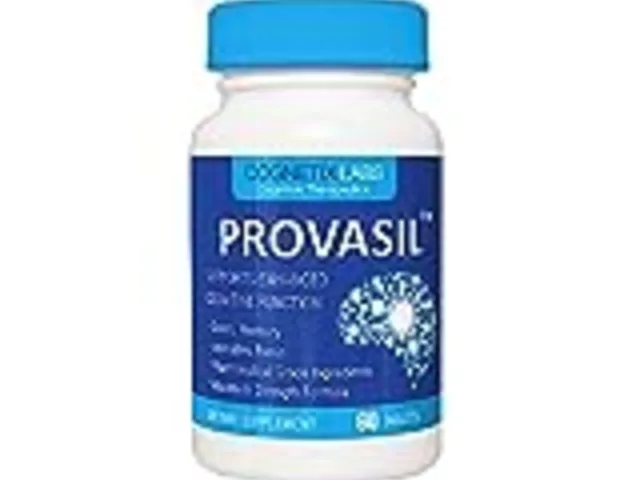Infection Treatment: What Really Works and When to Act
If you feel lousy, feverish, or notice a sore that won’t quit, you’re probably dealing with an infection. The good news? Most infections are treatable, and you don’t need a medical degree to start feeling better. Below are the steps that actually help, not just the myths you hear on the internet.
When to See a Doctor
Not every bump needs a prescription, but some signs scream "call a professional." If you have a high fever over 101°F (38.3°C) that lasts more than 48 hours, a rapidly spreading rash, intense pain, or swelling that gets bigger fast, schedule a visit. Same goes for chest pain, shortness of breath, or any infection in the eyes – those can get serious quickly.
Kids, seniors, and people with weak immune systems (like those on chemotherapy or steroids) should get medical advice sooner rather than later. A quick call to your doctor can prevent a simple bug from turning into a hospital stay.
Common Treatments and How They Work
Antibiotics are the frontline for bacterial infections. They either kill the bacteria (bactericidal) or stop them from multiplying (bacteriostatic). Remember: antibiotics do nothing for viruses, so they’re useless for colds or most sore throats.
When a doctor prescribes antibiotics, finish the whole course, even if you feel fine after a few days. Cutting short treatment leaves survivors that can become resistant – the exact bug doctors try to avoid.
Antivirals like oseltamivir (Tamiflu) work for flu if started within 48 hours. For shingles, prescription antivirals can shave days off the pain. Over‑the‑counter cold meds only treat symptoms; they won’t speed up viral clearance.
Topical treatments (creams, ointments) are great for skin infections like impetigo or fungal tinea. Clean the area first, apply the medication as directed, and keep it covered if recommended.
Home care matters, too. Stay hydrated, rest, and eat easy‑to‑digest foods. Warm salt water gargles can soothe a sore throat. Over‑the‑counter pain relievers such as ibuprofen or acetaminophen help manage fever and aches, but don’t use them as a substitute for proper antimicrobial therapy.
Prevention is the cheapest treatment. Wash hands for at least 20 seconds, keep wounds clean, and keep vaccinations up to date – especially flu and COVID‑19 shots. Simple habits cut infection risk dramatically.
To sum it up, spotting the right signs, getting professional help when needed, and following the prescribed plan are the keys to beating infections fast. Stick to these basics, and you’ll spend less time in the sick‑bed and more time feeling great.
Vibramycin, a common antibiotic, has various alternatives for those considering different treatment options. From natural remedies like garlic to other medications, understanding the pros and cons is crucial. This article delves into each alternative's benefits and drawbacks, offering readers a well-rounded look at their choices. It's designed to help individuals make informed decisions about their health needs.



 Medications
Medications




